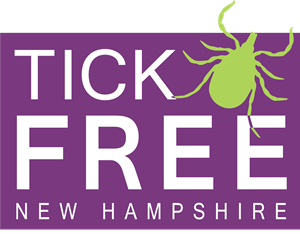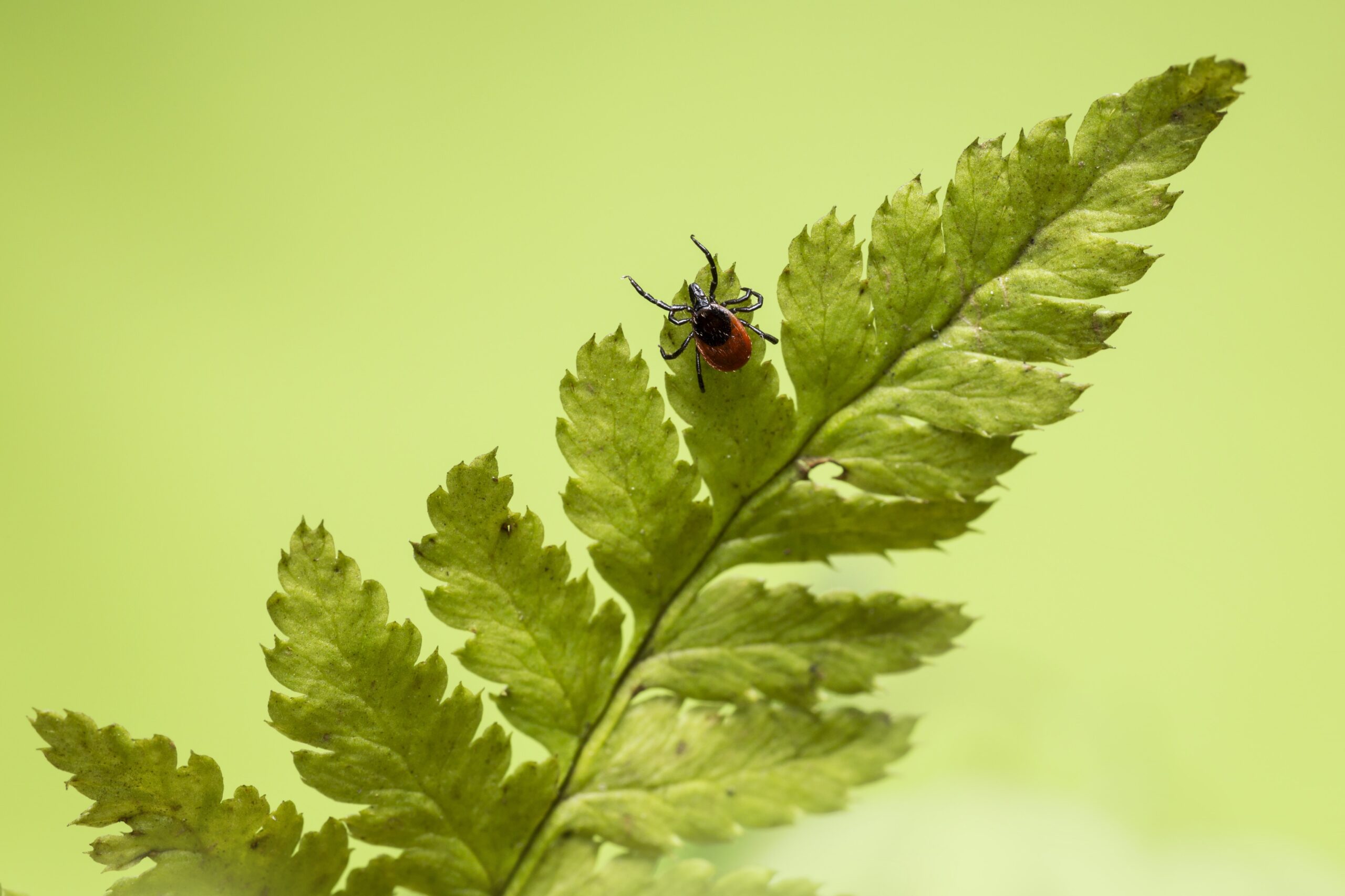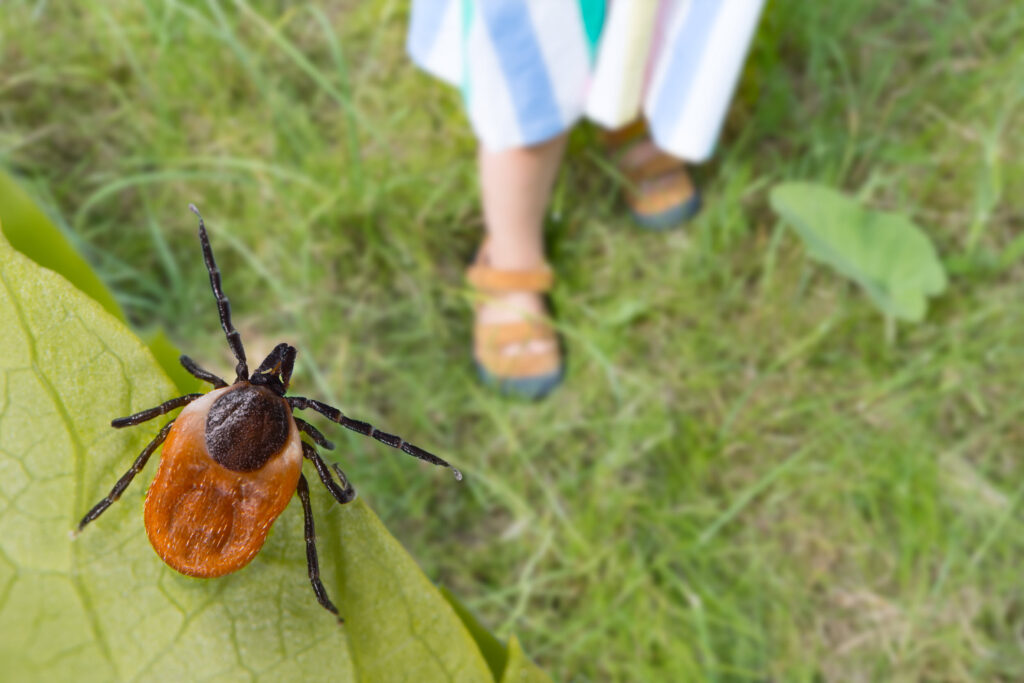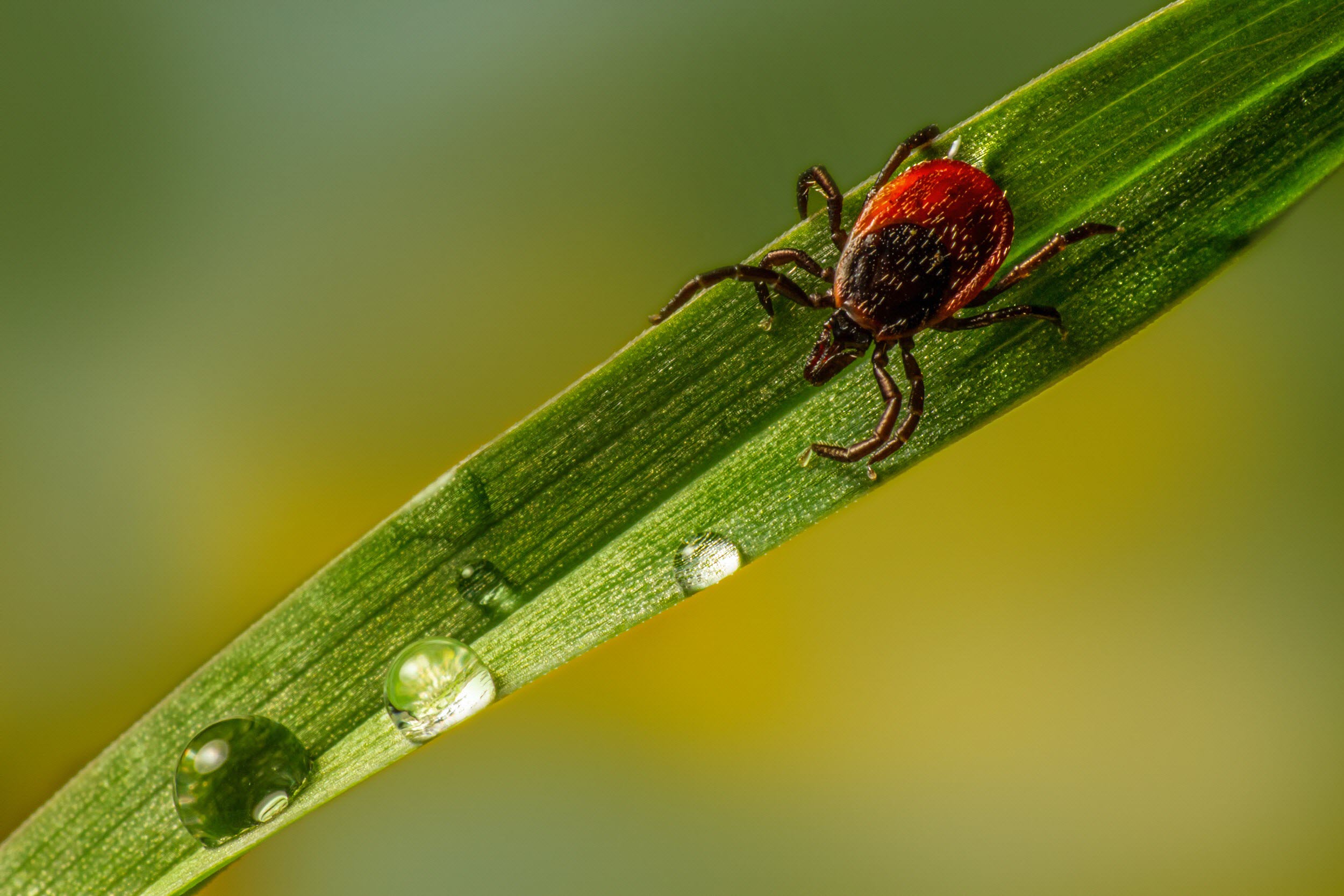In recent years, New Hampshire has had some of the highest incidences of Lyme disease in the United States. Lyme disease is caused by a bacteria carried by the Blacklegged tick.
The goal of Tick Free NH is to raise awareness about the risk of tick encounters and educate the public on how to avoid ticks and prevent being bitten by one.










